We’re in the midst of an egg shortage. My old laying hens have been slowing down, the new chickens won’t be laying for a few months yet, and I don’t want to go to the store during COVID-19. The thing is, along with other long-term storage food shortages, powdered eggs have been hard to come by recently.
So when I stumbled across large cans of powdered eggs on Amazon, I thought they could be perfect for my preps. I ordered two cans of American Family Supply eggs (made by GCF Corporation) for a total cost of $78 (!).
We hadn’t tried this specific brand before, and we wanted to find out if we could recommend American Family Supply powdered whole eggs. So we tried them two ways. The answer: maybe, for baking, but we can’t really recommend them. Here’s what we learned from buying huge cans of these American Family Supply powdered eggs:
- While it can be tempting to stockpile food, especially during times of strained supply chains, don’t stock up on stuff you haven’t tried.
- Buy storable foods from trusted brands.
- Don’t trust Amazon reviews, they’re too easy to game. Both these eggs and the powdered sour cream I recently tried had excellent reviews on Amazon.
- When possible, avoid buying storable foods from Amazon, since it has problems with counterfeit goods. Hopefully these eggs are legit and are not indeed drywall spackle.
More: Best two-week emergency survival food for preppers
Baking cornbread
The yellow powder in the can smelled terrible, like a mix of old eggs and drywall spackle. I knew from reading blogs and forums that powdered eggs weren’t meant to be eaten on their own. Powdered whole eggs are for baking, not for making scrambled eggs and omelets. We didn’t expect them to be amazing, but we figured they’d at least be acceptable.
I’m not much of a baker, but being a proper Southern gentleman, I can make a pan of cornbread. We used a modified version of the White Lily recipe:
- 1 teaspoon All-Vegetable Shortening (I used lard, being a fan of healthful living.)
- 1 large egg (I used the powdered eggs instead.)
- 2 cups self-rising cornmeal (Nothing against Martha, but I used some of the excellent self-rising cornmeal from Weisenberger Mills instead.)
- 1 1/4 cups milk
- 1/4 cup pure vegetable oil
The recipe calls for sugar, but we don’t put sugar in our cornbread.
I mixed the egg powder and water in the bottom of the bowl, whisked it smooth, and then added the other ingredients. I cooked it at 425F for about 30 minutes, and the result looked good.
As for the taste? Also pretty good. My wife said there was a faint taste of spackle, but the cornbread was acceptable. I didn’t taste any off-flavors at all. We piled enough pinto beans on top so that we couldn’t tell anyway.
Understanding the larger market
Cornbread isn’t all we like to eat, though, and we wanted to know if these whole powdered eggs would hold up in a scramble. Not wanting to feel like an idiot who wasted $78 on spackle eggs that would only be good for cornbread and baked goods, I did some research. As it turns out, there are two types of powdered egg product on the market:
- whole powdered eggs, which is what we have
- powdered scrambled eggs.
Whole powdered eggs are nothing but egg. That’s why the label on the American Family Supply eggs refers to them as ‘dehydrated whole eggs.’ They’re best when rehydrated with water and used only for baking. Powdered scrambled eggs, however, include milk and oil. They can be eaten on their own, in a scramble.
Attempting a scramble
Though we now knew it might not work, we wanted to find out how the American Family Supply whole eggs tasted on their own. So my wife made breakfast sandwiches with homemade bread, bacon from a local farm, cheese, and American Family Supply scrambled eggs.
The scrambled eggs weren’t revolting, but they were decidedly not good. They tasted vaguely of overcooked egg, but the spackle smell and flavor were strong. We picked the eggs off our sandwiches.
So we tried a few more tests: one with just eggs and water as the package directed, and another one with fresh milk and a bit of oil added. For the first batch, I mixed two tablespoons of the egg mixture with about three tablespoons of warm water. For the second, I used two tablespoons of egg, two tablespoons of fresh raw milk, one tablespoon of warm water, and a splash of olive oil.
I wanted to give these eggs every opportunity to succeed. And since I’m a fan of healthful living, I seasoned my cast iron skillet with generous dollops of lard.
The eggs cooked surprisingly fast. Even on medium-low heat, they were basically done as soon as they hit the skillet. The first batch of eggs, with just water, were a bit overdone. Unfortunately, while I improved the texture, the flavor and smell were no better.
I turned the heat way down for the second batch, but they still cooked too fast. Still, they turned out better. The oil helped to reduce the dryness and the milk helped reduce the spackle smell and flavor, but they still weren’t great. I was able to eat a few bites with a generous helping of salt, but I didn’t even finish the “one” egg I’d cooked.
The final verdict
It’s good to know that these powdered eggs can be useful in baking, because I have literally pounds of them, but as a whole I’m not sure I can recommend them. I’ve tried some more-established egg brands that I didn’t smell like something you’d buy in a five-gallon bucket at Home Depot, and I’m really wondering what’s in these powdered eggs.
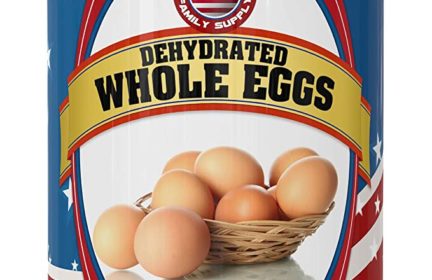
American Family Supply Dehydrated Whole Eggs
Have you had better experiences with powdered foods than we have? If you know of any good ones, let us know in the comments.
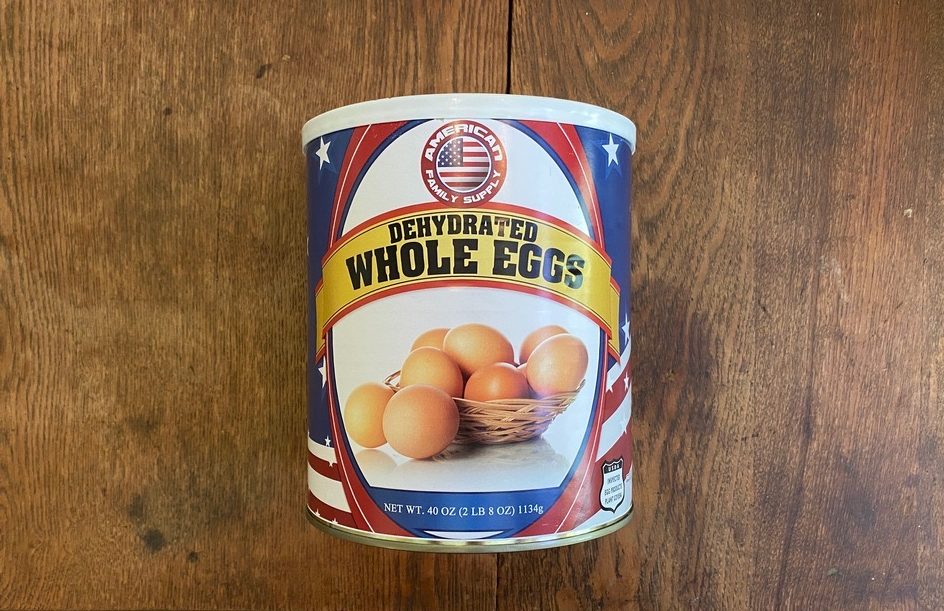
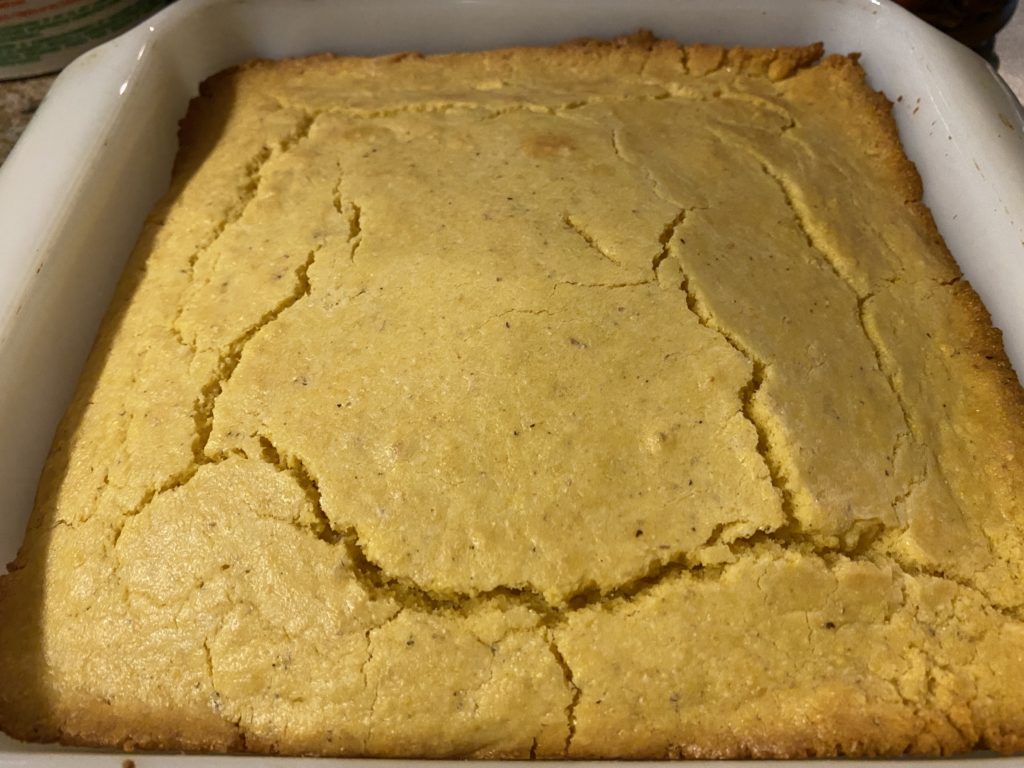
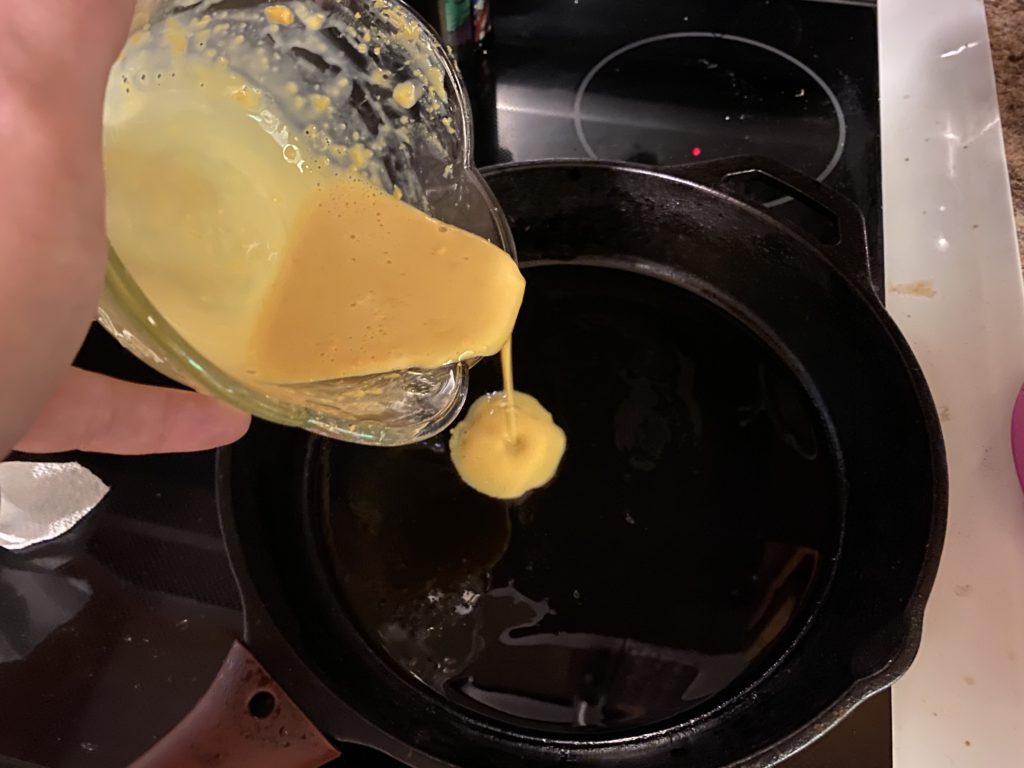
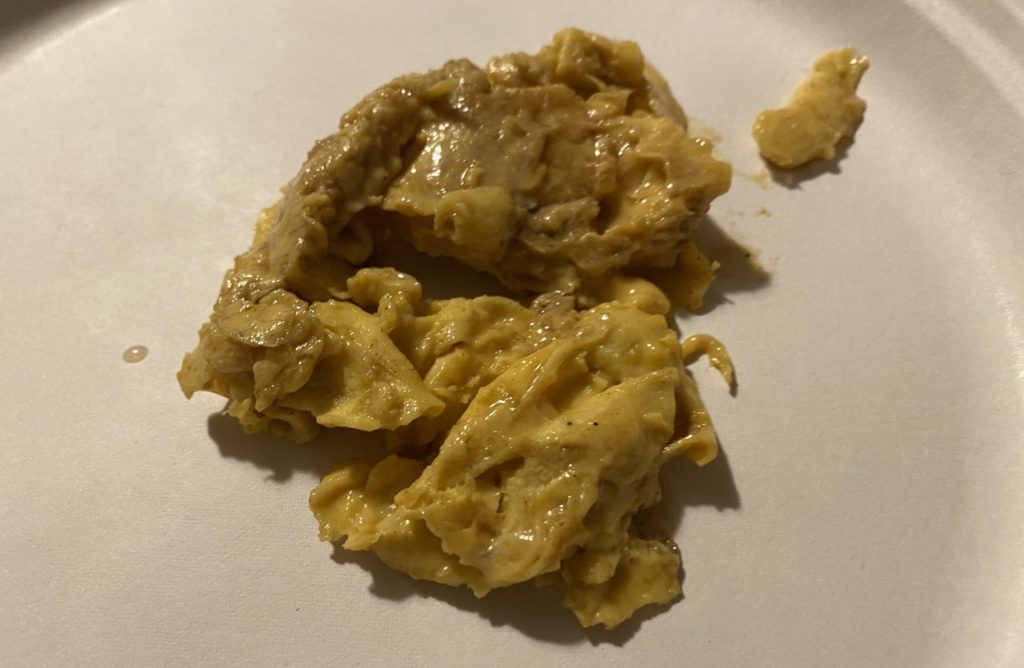
You are reporting the comment """ by on